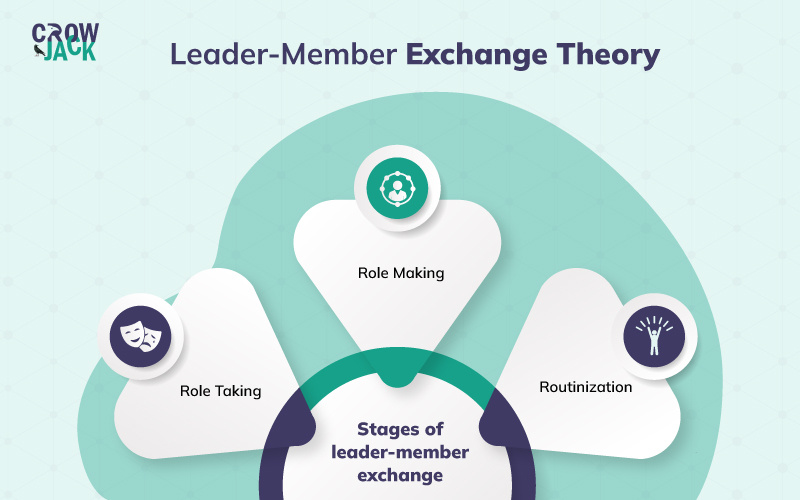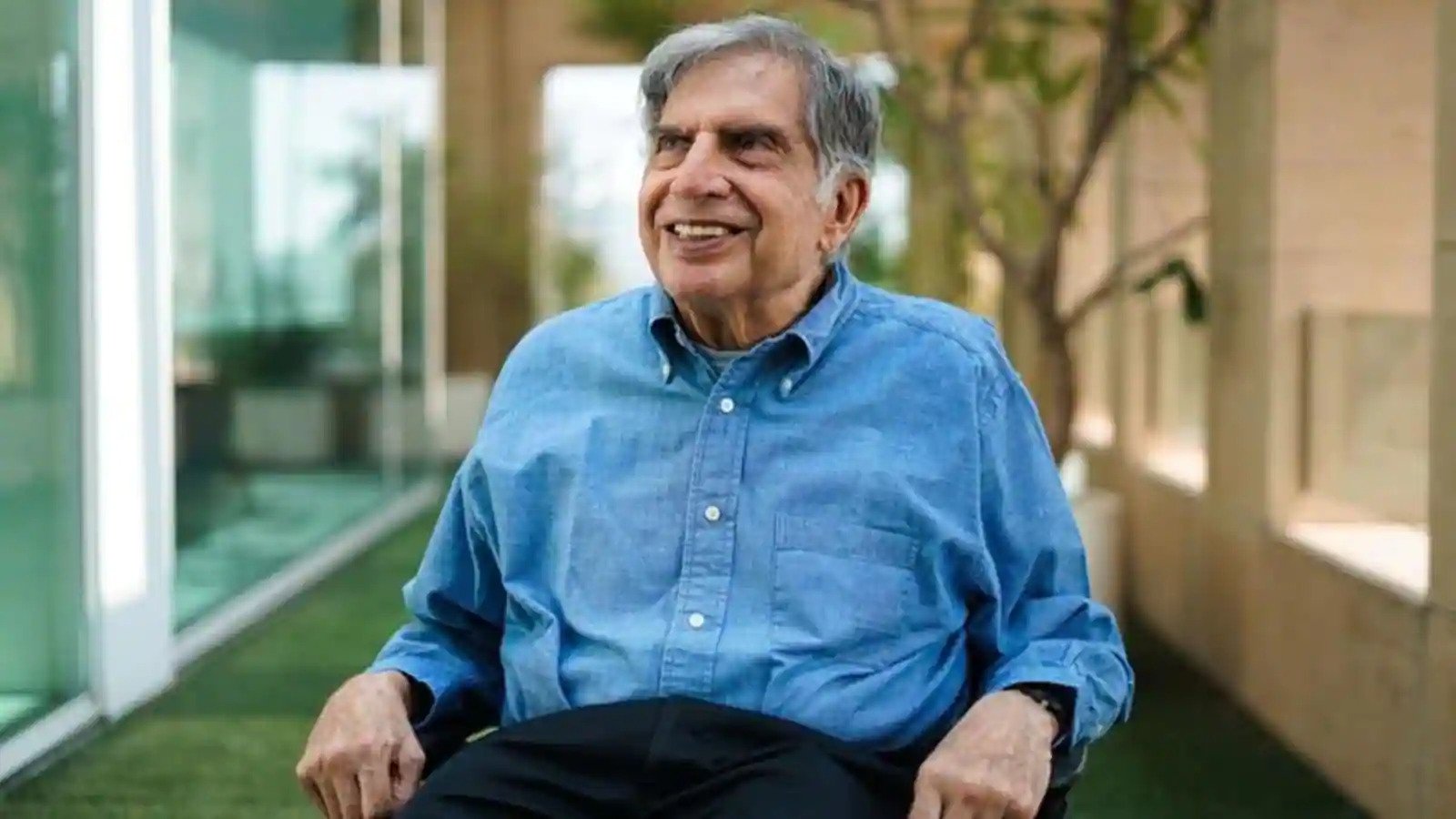Overview
Whenever we talk about workplace relationships, it is irrational to consider the fact that managers or leaders can have a similar relationship with their subordinates. There are different employees in a company that have different viewpoints in working towards the growth of the company. There are few employees who like going the extra mile for the growth of the company and there are other employees who might think that going the extra mile is not their cup of tea. That's what is stated by the leader-member exchange theory. This article will talk about the whole Leader-Member Exchange Theory along with highlighting a real-world example of relationship-driven leadership. But first diving into that, it is important to understand the definition of
Table of Contents
What is Leader-member Exchange Theory?
The Leader-Member Exchange Theory (LMX) also known as Vertical Dyad Linkage Theory as is a leadership theory that places emphasis on the value of a leader's relationship with their followers. According to the LMX theory, the outcomes of leadership are influenced by the quality of the relationships that leaders form with various categories of followers. According to the theory, leaders create in-groups and out-groups, with the in-groups receiving more attention, support, and opportunity for progress than the out-groups.
Further, the theory suggests that not only relationships but leaders’ actions too are largely different with respect to different followers.
Speaking of the origin of the Leader Member Exchange (LMX Theory), in 1975 it was introduced by Fred Dansereau, William Haga, and George Graen.
The prominent features and characteristics of the theory are listed below.
Key features of the LMX Theory
1. The theory puts further the central idea that leaders have distinguished relationships with different followers and also bring variations in their leadership styles subject to the kind of unique relationship they have with their subordinates or employees.
2. Based on the state of relationships that leaders share with their followers, the theory categorizes followers into two different groups. Elucidation of these groups is cited below.
In-group: Members in this group are highly favored and backed by leaders given the positive relationships that leaders have with followers in this group. Having said that, subordinates in this group get greater attention from their leaders and have access to the leaders at all times. Moreover, followers in this group also have much greater access to the resources of the organization. Leaders are more than happy to delegate authority, share vital details and empower the followers in this group.
Out-group: Contrary to the in-group, the out-group is inclusive of followers or subordinates with whom the leaders do not have a very favorable relationship. Subsequently, these followers get little attention from the leaders and very limited access to organizational resources. Besides, these followers enjoy little delegation of authority, guidance, and participation in the decision-making process.
3. The theory has great validity in practical terms and it lays emphasis on the immense significance of the 7Cs of communication as the key to maintaining relationships. When leaders have a positive attitude toward a set of followers, they communicate more freely and proactively. On the other hand, there exist communication gaps between followers and leaders when followers are disfavored.
To understand the theory even better, it is significant to analyze the three stages of the leader-member relationship.
3 stages of leader-member exchange

1. Role Taking
This stage is viewed in the context of new members joining an organization. When new members enter an organization, leaders are keen on assessing their capabilities, skills, talents, and character. For that, leaders offer various opportunities to new members to prove their competencies.
2. Role Making
This is where leaders classify members into the in-group and the out-group. New members start working on projects and are anticipated to be diligent, hard-working, determined, and loyal to their leaders and organization. Members who prove to be loyal, sincere, innovative, and hard work are added to the in-group and leaders work in close collaboration with them. Managers or leaders take a personal interest in mentoring trustworthy subordinates and also offer additional training opportunities to them. Otherwise, insincere members who breach the trust of the leader are added to the out-group where they receive little attention from their managers.
3. Routinization
This is the last stage where routines get established with respect to the exchanges between leaders and subordinates. By this stage, leaders have a clear idea of who falls in the in-group and the followers who belong to the out-group. Subsequently, the routine leadership styles for both groups are established.
Relevance of the theory in the contemporary corporate world
As mentioned above, the LMX theory is quite realistic and practical which can indeed help business leaders to drive great outcomes for the organization. To explain, by applying the theory, leaders can channel their mentoring efforts, support, and attention toward trustworthy employees who display great diligence. By identifying their in-group within the organization, leaders can delegate authority and tasks to reliable subordinates and hence, optimize their own leadership prowess. Furthermore, the delegation of authority and tasks to dependable employees will also bring business benefits to the organization. Leaders can offer additional learning and development opportunities to employees in the in-group to derive the highest efficiency from them.
Therefore, rather than investing in every employee irrespective of whether they are engaged or not, segmentation of employees into the in-group and out-group can be a very practical approach to leadership for driving workplace motivation. Leaders can then put extra effort and go out of their way to only groom those employees who have proven their capabilities and have won the trust of their superiors. By further adding to the capabilities of the in-house group, leaders can guide their organization to new horizons of success.
A real-world example of relationship-driven leadership
Ratan Tata leadership style analysis

Relationship building is a key leadership characteristic in contemporary times. Having said that, we could find quite a few examples of great leaders who prioritize relationship building and offer valuable learning experiences to deserving employees. Ratan Tata, the former chairman of Tata Sons and the Tata Group is one of the finest examples of such leaders. Ratan Tate served as the Chairman of Tata Group between 1990 and 2012 and during this period, with his distinguishable leadership style and prowess he literally changed the fortunes of the company.
It is amusing to note that under his chairmanship, the revenue of Tata Group increased 46 times to surpass 4.7 lakh crores by the end of 2012. Moreover, the market capitalization of the company witnessed a 33 times increase during the time when Ratan Tata was at the helm as per Business Standard. For any business leader, these are spectacular figures for quantifiable success.
The real question we must be asking is what makes Ratan Tata such a successful and incredible leader? His enormous success can largely be attributed to his strong character that values people, believes in winning the trust of his people, and empowering his people with learning opportunities. Ratan Tata has always been a charismatic man who has been uncompromising in his values. He would any day keep his values and people at a much higher pedestal than profitability.
He has always believed in winning the trust of his employees and at the same time showing great trust in his employees who have the sincerity and zeal to achieve great things. He has himself been a great believer in the fact that learning is a continuous process and he has backed his employees by providing them with a learning-oriented environment. In such an environment, employees have felt encouraged, engaged, and highly motivated to achieve great things for the company. This approach of Ratan Tata where he puts people and relationships first has added incredible value to Tata Group and Tata Sons.
Moreover, Ratan Tata has always shown profound trust in young talents and young leadership. He has provided exclusive development opportunities to youngsters with skills and characteristics similar to his. That is how he likes to define his in-group wherein he looks for reliable and trustworthy people who cannot just add to the profitability of the company but also sustain the core values and founding principles of Tata Group.
Even today, when is 84 years of age, Ratan Tata pursues his leadership style centered around trust-building with the same zest. He is still setting new benchmarks for excellence in leadership and his greatness as a leader will be even for decades to come.
FAQs
Can a follower transition from out-group to in-group or vice versa?
Yes, the Leader Member Exchange Theory acknowledges that follower-leader relationships are not fixed, and members can transition between in-group and out-group based on their actions, performance, and how they are perceived by the leader.
What are the limitations of the Leadership Member Exchange Theory?
One potential limitation of the leadership member exchange theory is that it might reinforce favoritism or bias in leadership, as certain followers may receive preferential treatment over others. Moreover, it might not fully account for the broader team dynamics and the impact of organizational culture on leader-follower relationships.
Previous Theory
Transactional Theory of LeadershipNext Theory
Participative Theory of Leadership
 Proof Reading
Proof Reading  Copy Writing
Copy Writing  Resume Writing
Resume Writing  Blogs
Blogs Guides
Guides SOP's
SOP's Student Resources
Student Resources Research Topics
Research Topics Login
Login Register
Register